Mr. Majors had end-stage bladder cancer and was in renal failure. As he spoke with a doctor from Hospice Buffalo , he was alert but faltering.
In the dream, he said, he was in his car with his great pal, Carmen. His three sons, teenagers, were in the back seat, joking around.
"We're driving down Clinton Street," said Mr. Majors, his watery, pale blue eyes widening with delight at the thought of the road trip.
"We were looking for the Grand Canyon." And then they saw it. "We talked about how amazing, because there it was — all this time, the Grand Canyon was just at the end of Clinton Street!"
Mr. Majors had not spoken with Carmen in more than 20 years. His sons are in their late 50s and early 60s.
"Why do you think your boys were in the car?" asked Dr. Christopher W. Kerr, a Hospice Buffalo palliative care physician who researches the therapeutic role of patients' end-of-life dreams and visions.
"My sons are the greatest accomplishment of my life," Mr. Majors said.
He died three weeks later.
For thousands of years, the dreams and visions of the dying have captivated cultures, which imbued them with sacred import. Anthropologists, theologians and sociologists have studied these so-called deathbed phenomena. They appear in medieval writings and Renaissance paintings, in Shakespearean works and set pieces from 19th-century American and British novels, particularly by Dickens. One of the most famous moments in film is the mysterious deathbed murmur in Citizen Kane: "Rosebud!"
Even the law reveres a dying person's final words, allowing them to be admitted as evidence in an unusual exception to hearsay rules.
In the modern medical world, such experiences have been noted by psychologists, social workers and nurses. But doctors tend to give them a wide berth because "we don't know what the hell they are," said Dr. Timothy E. Quill, an expert on palliative care medicine at the University of Rochester Medical Center. Some researchers have surmised that patients and doctors avoid reporting these phenomena for fear of ridicule.
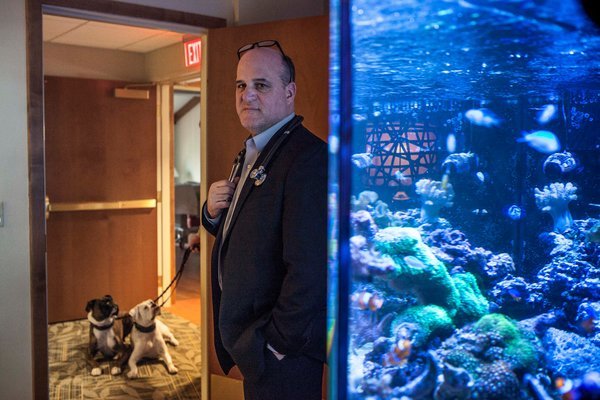
These events are distinct from "near-death experiences," such as those recalled by people revived in intensive care units, said Pei C. Grant, the director of the research team. "These are people on a journey towards death, not people who just missed it."
Hospice Buffalo, in Cheektowaga, N.Y., cares for 5,000 patients a year, mostly with visits to private homes and nursing facilities. After doctors, nurses, social workers or chaplains ask patients, "How have you been sleeping?" they often follow up with, "Can you recall any dreams?"
Mainly Comforting Visions
I was laying in bed and people were walking very slowly by me. The right-hand side I didn't know, but they were all very friendly and they touched my arm and my hand as they went by. But the other side were people that I knew — my mom and dad were there, my uncle. Everybody I knew that was dead was there. The only thing was, my husband wasn't there, nor was my dog, and I knew that I would be seeing them. — Jeanne Faber, 75, months before her death from ovarian cancer.
For their primary study, published in The Journal of Palliative Medicine, the researchers conducted multiple interviews with 59 terminally ill patients admitted to acute care at Hospice Buffalo, a facility furnished in warm woods, with windows that frame views of fountains, gazebos and gardens. Nearly all the patients reported having had dreams or visions. They described the majority of their dreams as comforting. About one in every five was associated with distress, and the remainder felt neutral.
The dreams and visions loosely sorted into categories: opportunities to engage with the deceased; loved ones "waiting;" unfinished business. Themes of love, given or withheld, coursed through the dreams, as did the need for resolution and even forgiveness. In their dreams, patients were reassured that they had been good parents, children and workers. They packed boxes, preparing for journeys, and, like Mr. Majors, often traveled with dear companions as guides. Although many patients said they rarely remembered their dreams, these they could not forget.
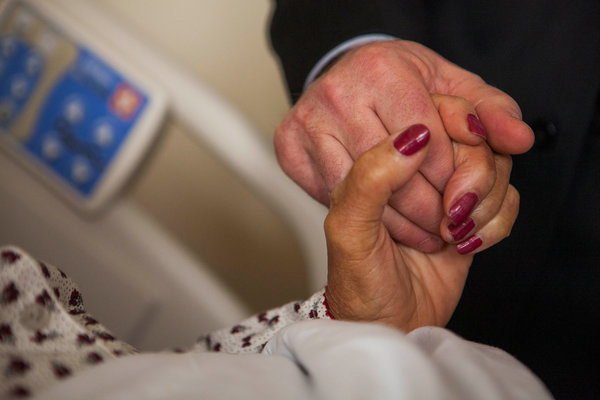
- A 76-year-old patient said he dreamed of his mother, who died when he was a child. He could smell her perfume and hear her soothing voice saying, "I love you."
- An older woman cradled an invisible infant as she lay in bed. (Her husband told researchers it was the couple's first child, who had been stillborn.)
- Nine days before she died, a 54-year-old woman dreamed of a childhood friend who had caused her great pain decades earlier. The friend, who had since died, appeared as an old man and said, "Sorry, you're a good person," and "If you need help, just call my name."
"The huge challenge of this work is to help patients feel more normal and less alone during this unusual experience of dying," he said. "The more we can articulate that people do have vivid dreams and visions, the more we can be helpful."
Other research suggests that dreams seem to express emotions that have been building. Tore Nielsen, a dream neuroscience researcher and director of the Dream and Nightmare Laboratory, at the University of Montreal, surmised that at the end of life, such a need becomes more insistent. Troubled dreams erupt with excessive energy. But positive dreams can serve a similar purpose.
"The motivation and pressure for these dreams is coming from a place of fear and uncertainty," he said. "The dreamers are literally helping themselves out of a tough spot."
In the weeks and days before death, the dreams of the patients in the study tended to occur with greater frequency, populated with the dead rather than the living. The researchers suggest that such phenomena might even have prognostic value.
"I was an aggressive physician, always asking, 'Is there more we can do?' " said Dr. Kerr, who is also the chief medical officer for Hospice Buffalo. "There was a patient who I thought needed to be rehydrated, and we could buy him some time." But, he said, a nurse, familiar with the patient's dreams, cautioned: "'You don't get it. He is seeing his dead mother.' He died two days later."
Certainly, many dying patients cannot communicate. Or they recount typical dream detritus: a dwarf lifting the refrigerator, neighbors bringing a chicken and a monkey into the patient's apartment. And some patients, to their disappointment, do not remember their dreams.
Dr. Kerr, who recently gave a talk at TEDxBuffalo about the research, said he was simply advocating that health care providers ask patients open-ended questions about dreams, without fear of recrimination from family and colleagues.
"Often when we sedate them, we are sterilizing them from their own dying process," he said. "I have done it, and it feels horrible. They'll say, 'You robbed me — I was with my wife.'"
Complexities of Delirium
While the patient was lying in bed, her mother by her side, she had a vision: She saw her mother's best friend, Mary, who died of leukemia years ago, in her mother's bedroom, playing with the curtains. Mary's hair was long again. "I had a feeling she was coming to say, 'You're going to be O.K.' I felt relief and happiness and I wasn't afraid of it at all." — Jessica Stone, 13, who had Ewing's sarcoma, a type of bone cancer, a few months before she died.
Many in hospice suffer from delirium, which can affect up to 85 percent of hospitalized patients at the end of life. In a delirious state, brought on by fever, brain metastases or end-stage changes in body chemistry, circadian rhythms are severely disordered, so the patient may not know whether he is awake or dreaming. Cognition is altered.
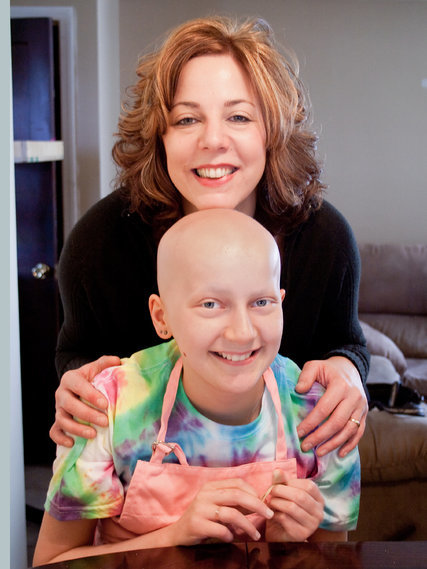
Yet the question remains of what to make of these patients' claims of "dreaming while awake," or having "visions" — and the not-uncommon phenomena of seeing deceased relatives or friends hovering on the ceiling or in corners.
Donna Brennan, a longtime nurse with Hospice Buffalo, recalled chatting on the couch with a 92-year-old patient with congestive heart failure. Suddenly, the patient looked over at the door and called out, "Just a minute, I'm speaking with the nurse."
Told that no one was there, the patient smiled, saying it was Aunt Janiece (her dead sister) and patted a couch cushion, showing "the visitor" where to sit. Then the patient cheerfully turned back to Mrs. Brennan and finished her conversation.
In her notes, Mrs. Brennan described the episode as a "hallucination," a red flag for delirium. When the episode was recounted to Dr. Kerr and Anne Banas, a Hospice Buffalo neurologist and palliative care physician, they preferred the term "vision."
"Is there meaning to the vision or is it disorganized?" Dr. Banas asked. "If there is meaning, does that need to be explored? Does it bring comfort or is it distressing? We have a responsibility to ask that next question. It can be cathartic, and patients often need to share. And if we don't ask, look what we may miss."
Dr. William Breitbart, chairman of the psychiatry department at Memorial Sloan Kettering Cancer Center, who has written about delirium and palliative care, said that a team's response must also consider bedside caregivers: "These dreams or visions can be interpreted by family members as comforting, linking them to the legacy of their ancestry.
"But if people don't believe that, they can be distressed. 'My mother is hallucinating and seeing dead people. Do something about it!'" Dr. Breitbart trains staff to respect the families' beliefs and help them understand the complexities of delirium.
Some dream episodes occur during what is known as "mixed-state sleep" — when the boundaries between wakefulness and sleep become fragmented, said Dr. Carlos H. Schenck, a psychiatrist and sleep expert at the University of Minnesota Medical School. Jessica Stone, the teenager with Ewing's sarcoma, spoke movingly about a dream of her dead dog, Shadow. When she awoke, she said, she saw his long, dark shape alongside her bed.
Dr. Banas, the neurologist, favors the phrase end-of-life experiences. "I try to normalize it for the family, because how they perceive it can push them away from that bedside or bring them closer," she said.
Reliving Trauma
The patient had never really talked about the war. But in his final dreams, the stories emerged. In the first, the bloody dying were everywhere. On Omaha Beach, at Normandy. In the waves. He was a 17-year-old gunner on a rescue boat, trying frantically to bring them back to the U.S.S. Texas. "There is nothing but death and dead soldiers all around me," he said. In another, a dead soldier told him, "They are going to come get you next week." Finally, he dreamed of getting his discharge papers, which he described as "comforting." He died in his sleep two days later. — John, 88, who had lymphoma.
Not all end-of-life dreams soothe the dying. Researchers found that about 20 percent were upsetting. Often, those who had suffered trauma might revisit it in their dying dreams. Some can resolve those experiences. Some cannot.
When should doctors intervene with antipsychotic or anti-anxiety medication, to best allow the patient a peaceful death? For the Hospice Buffalo physicians, the decision is made with a team assessment that includes input from family members.
Dr. Kerr said: "Children will see their parents in an altered state and think they're suffering and fighting their dying. But if you say: 'She's talking about dead people, and that's normal. I'll bet you can learn a lot about her and your family,' you may see the relative calming down and taking notes."
Without receiving sufficient information from the family, a team may not know how to read the patient's agitation. One patient seemed tormented by nightmares. The Hospice Buffalo team interviewed family members, who reluctantly disclosed that the woman had been sexually abused as a girl. The family was horrified that she was reliving these memories in her dying days.
Armed with this information, the team chose to administer anti-anxiety medication, rather than just antipsychotics. The woman relaxed and was able to have a powerful exchange with a priest. She died during a quiet sleep, several days later.
This fall, Mrs. Brennan, the nurse, would check in on a patient with end-stage lung cancer who was a former police officer. He told her that he had "done bad stuff" on the job. He said he had cheated on his wife and was estranged from his children. His dreams are never peaceful, Mrs. Brennan said. "He gets stabbed, shot or can't breathe. He apologizes to his wife, and she isn't responding, or she reminds him that he broke her heart. He's a tortured soul."
Some palliative care providers maintain that such dreams are the core of a spiritual experience and should not be tampered with. Dr. Quill, who calls people with such views "hospice romantics," disagreed.
"We should be opening the door with our questions, but not forcing patients through it," Dr. Quill said. "Our job is witnessing, exploring and lessening their loneliness. If it's benign and rich with content, let it go. But if it brings up serious old wounds, get real help — a psychologist, a chaplain — because in this area, we physicians don't know what we're doing. "
Solace for the Living
In the first dream, a black spider with small eyes came close to her face. Then it turned into a large black truck with a red flatbed, bearing down on her. Terrified, she forced herself awake. In another dream, she had to pass through her laundry room to get to the kitchen. She glanced down and saw about 50 black spiders crawling on the floor. She was so scared! But when she looked closer, she saw they were ladybugs. She felt so happy! "Ladybugs are nice and I knew they weren't going to hurt me," she recounted later. "So I made my way to the kitchen."— Rosemary Shaffer, 78, two months before she died of colon cancer.
The Hospice Buffalo researchers have found that these dreams offer comfort not only for the dying, but for their mourners.
Kathleen Hutton holds fast to the end-of-life dream journals fastidiously kept by her sister, Mrs. Shaffer, a former elementary schoolteacher and principal. Rosemary Shaffer wrote about spiders and trucks, and then the ladybugs. In one dream, she saw flowers at a funeral home, which reminded her of those her daughter painted on handmade scarves. She felt loved and joyful.
"I was glad she could talk about dreams with the hospice people," Ms. Hutton said. "She knew it was her subconscious working through what she was feeling. She was much more at peace."
Knowing that has made her own grief more manageable, said Ms. Hutton, who teared up as she clasped the journals during a visit at the hospice's family lounge.
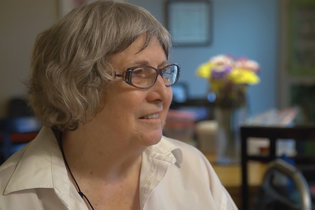
"Her husband was angry at God," Mrs. Brennan said. "I said: 'But Ann is not. Her dreams aren't scary to her at all. They are all about validation.'
"He just put his head down and wept."
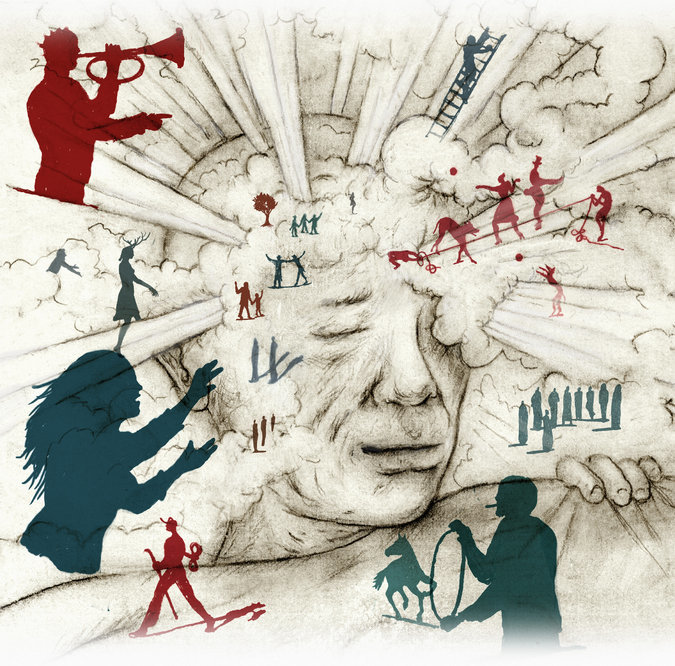
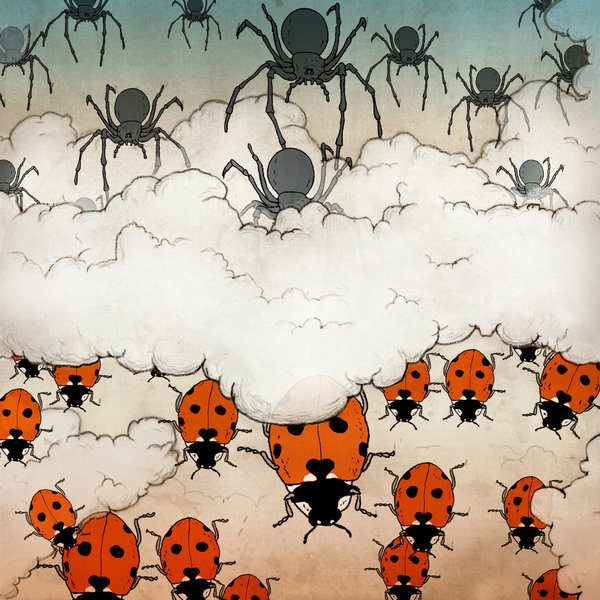



[Link]
Reminds me of this piece: Blackboard In NYC Asks People Their Biggest Regrets – What They All Had In Common Was Heartbreaking